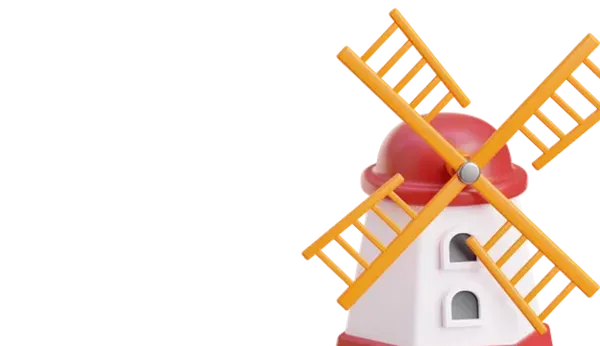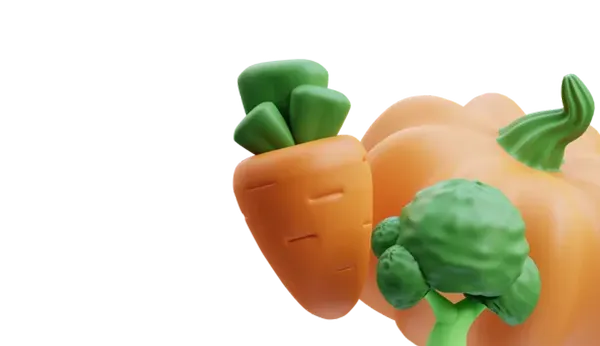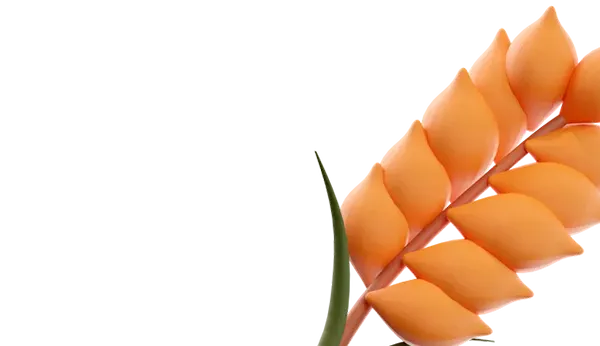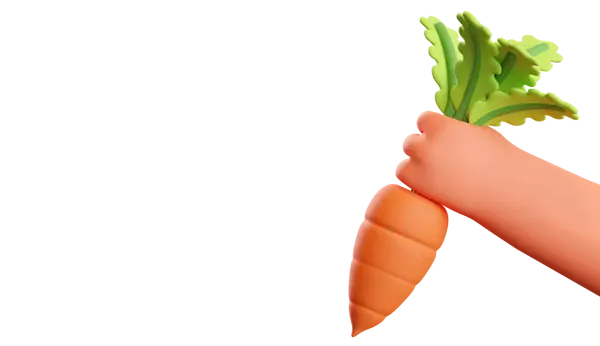Scientists from the Urals conducted a thorough study of the genetic profiles of five breeds of large horned cattle: Holstein and local breeds bred in the east and northeast of European and Central Russia - Syshevo, Istoben, Tagil, and Suksun.
The study, entitled "Study of the relationship of molecular-genetic markers with important physiological traits of agricultural animals for targeted selection to improve adaptation and longevity," was carried out using a grant from the Russian Science Foundation.
Olga Sokolova, the head of the Ural Scientific Research Veterinary Institute URFANITS Ural Branch of the Russian Academy of Sciences and a doctor of veterinary sciences, explained that the improvement of molecular-genetic technologies allows for conducting genetic research quickly and inexpensively, which contributes to identifying the most valuable individuals of large horned cattle.
“The problem of genetic diversity of local populations of dairy large horned cattle is currently very relevant. In addition to the high productivity indicators of the Holstein breed, animals of other breeds, which have high adaptive potential and disease resistance, can become a valuable source of genetic variability. However, at the moment, there are no comparative data on the genetic diversity of most local breeds in terms of health,” Olga Sokolova said.
Within the research, various genetic variants affecting the health of animals, their resistance or predisposition to certain diseases, as well as favorable physiological indicators such as mastitis, ketosis, thermal stress, ease of calving, and productive longevity, were discovered.
Furthermore, scientists from Yekaterinburg identified over 400 microorganisms possessing genes that provide resistance to antibiotics. This was the first study of its kind conducted in the Sverdlovsk region.
To create the necessary database, veterinary specialists collected over 400 samples of milk and swabs from the reproductive tract of Holstein cows.
This work was carried out within the framework of a grant from the Russian Foundation for Basic Research on the topic "Molecular-genetic and phenotypic characterization of the microbiota of the reproductive system of large horned cattle" and in accordance with the state assignment of the Ministry of Education and Science of Russia on the development of methodological approaches to monitoring, control, and containment of antibiotic resistance of opportunistic microorganisms in animal husbandry.
Olga Sokolova also mentioned that diseases of the mammary gland and reproductive tract in large horned cattle rank high in terms of prevalence and costs in dairy livestock farming. Mastitis and endometritis often occur due to dysbiotic disorders and/or infection with pathogenic and opportunistic microorganisms. Some forms of these diseases can become chronic, difficult to treat, lead to increased therapy costs, premature culling of animals. Researching this issue is of great importance for developing rational antibiotic therapy and preventing the spread of diseases.

 Trading platform
Trading platform 
 Monitoring
Monitoring  Express applications
Express applications 
 Fork Work
Fork Work 
 Service
Service  News
News  Directory
Directory 













